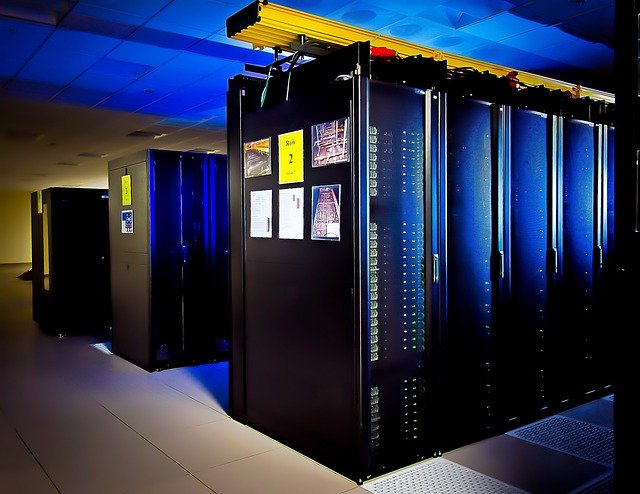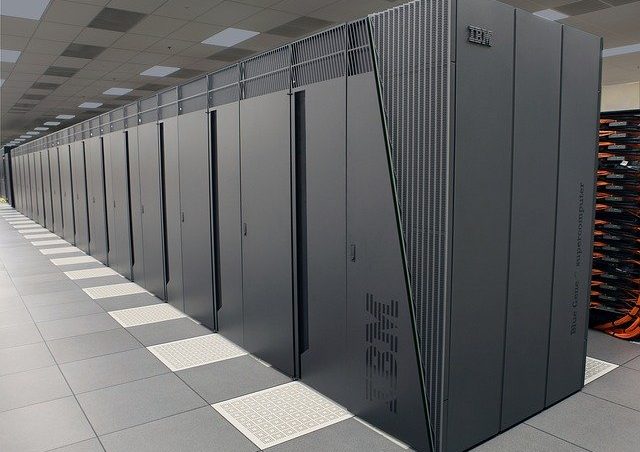It is said that business encompasses uncertainty. It may not be entirely true since there have been major business institutions that have outrun the competition by staying at the helm of affairs over several decades. But eventually, despite conquering the marketplace for decades, the mighty ones too suffered the curse of incumbency. The reasons are varied but in all earnestness, the business machinery, if not overhauled by “rip and replace” attitude, will struggle to compete with the leaner and fitter competitors flooding the bazaar with efficient and alternative business models (Please discount the narrative fallacy, if any). IBM, the star performer from the 1930s until the 1980s, had seen unprecedented success before it was pushed to the brink of bankruptcy. It was unthinkable to think about IBM, to fall into the dungeons of financial distress, but it did happen. Let’s dwell into the rise and fall of the company whose stature was incomparable during its glory days.
Genesis of IBM
The company’s origins go back to the early twentieth century, when Thomas J. Watson Sr., combined several small companies to form the International Business Machines Corporation. During the first half of the century, IBMs “business machines” embraced unrelated commercial products, everything from scales and cheese slicers to clocks and typewriters. The most important factor was that IBM was a pioneer in computation long people began talking about computers. The company was building electro-mechanical tabulation and punch card devices which basically introduced computation to business, academia and government.
It is imperative at this juncture to have a glimpse of the WWII and its effect on IBM. Germany had built a potent weapon during the WWII, which was not an explosive, but a scrambling machine that encrypted their confidential information. The coordinates of England used to be sent by the German officers to their soldiers for bombardment through open wireless medium. This meant that the enemy could receive the German confidential codes but could not make sense of it, since they were scrambled (encrypted). The Germans named this scrambling machine “Enigma”. Alan Turing, quiet unanimously termed as the father of modern computers, under the leadership of Sir Winston Churchill took up the mantle of decoding the encrypted German messages. Alan Turing with his team of decoders eventually broke the puzzle of “Enigma” and built a machine which decrypted the cryptic German messages thus saving many English soldiers’ lives (It is believed that Alan Turing might have saved an estimated 2 million of lives). United Sates of America had played a commendable ally of Great Britain during the WWII and thus British intelligence on encryption / decryption was shared with USA and so too were the workings of the decoder machine which Alan Turing and the team had built. Great Britain feared the data encryption monster and therefore classified the information from public view but USA on the other hand reached for further understanding on the newly found knowledge on data encryption. The decoding machine built by Alan Turing was an electro-mechanical device and IBM were established players in the field of electro-mechanical circuitry.

IBM scored a huge win when it was selected by the United States federal government to help start and automate the social security systems in 1930s and it further cemented IBM’s stronghold in the field of US government backed security business over the next few decades. Thomas Watson Sr., was a powerful, patriarchal leader who left an imprint of his personal philosophies and values. The IBM culture were thus, built on these values – hard work, decent working conditions and jobs for life. Especially during the post-depression period (1939 and hence), the labour force yearned for job security and a fair deal and IBM provided an ideal environment.
Passing of the baton and further rise
Tom Watson Jr., succeeded his father as CEO in 1956 and who boldly brought IBM – and the world – into the digital computer age. Tom “bet the company” on a revolutionary new product line called the System/360 – the original name of IBM’s wildly successful mainframe family. The success of mainframe product of IBM (1960s – 1970s) can be clearly understood by appropriately comparing it with the success of the Windows OS of Microsoft (1980s – 1990s). The company seized upon the technology shifts and brought to the market an entirely new capability to the customers. IBM commanded market position and benefited greatly from the Tom’s leadership.
A further big technology shift came with the advent of the Integrated Circuits (ICs) – what we know as the semiconductor chips. The ICs are small electronic chips which provides amazing levels of network integration on a single piece of chip. The amount of data transferred through the miniscule network on the chip was tremendous. Earlier, the mainframes were huge and the space they occupied stretched across an entire room. The ICs changed the physicality of the mainframes. The machines with the help of ICs were much smaller but with an increase in processing speed. Although, IBM did not invent ICs but Tom Watson Jr. and his colleagues understood its significance.

System/360 represented an entirely new approach. First of all, it would be built with modern, high performance ICs. This would not only make the machines simultaneously more powerful but also more reliable and less costly than anything on the market. IBM would them bring in a family of computers – from very small to very large processors – so that customers could make easy upgrades as their needs grew. Software developed for one processor would run on any System/360 processor. All the peripheral devices like printers, tape card readers etc. would work with any processor in the family. For customers such a convenient system/360 product was godsend but for IBM’s competitors, it would be a knockout blow.
Growing around the Mainframe
Despite the fact that IBM was regarded as a complex company with thousands of products, it actually revolved as a one product company – A Mainframe Company – with an array of multi-billion businesses attached to that single franchise. The franchise was a gold mine. Competitors reeled and many disappeared. The company’s revenue grew at a compound growth of 14% from 1960 to 1980. Gross profit margins were consistently around 60%. Market share exceeded at an astounding 30%, which eventually invited antitrust scrutiny (more on that later).

Beginning of the decline
After decades-long run of uninterrupted success, the corporate culture within IBM was without intense competition or threat. The problem was not as simple as complacency or entitlement, though there were elements of both present after the year on year massive profit margins. The runaway success of mainframe business invited little or no competition and their commanding position in the market was assumed. The IBM of the 1980s began to think that the market forces and the economic factors simply didn’t apply to them. In such an environment, it is very easy to lose touch with the external realities and something similar began to happen with IBM. The happenings in the marketplace became irrelevant for IBM and this relaxed corporate culture triggered the dip in their excellence graph. IBMs dominant position had created a self-contained, self-sustaining world for the company. IBM had ridden one horse and ridden it well. But the horse could carry it only so far before it broke down.
Antitrust Legal Suit

The other critical factor which mostly has been missed out or overlooked is the impact of the antitrust suit filed against IBM by the United States Department of Justice in 1969. And IBM had to live the next 13 years under the spectre of the federally mandated dictum. One is forced to imagine that years of such scrutiny changed the business behaviour of IBM in very real ways. While IBM was subject to the federal suit, it couldn’t use the terms like “market”, “lead”, “win”, “beat”, “competition” and many other business related nomenclature either in their written materials or in their internal meetings. The dampening effect that it had on the workforce, who couldn’t talk about the selecting the market or taking a share from the competitor was immense. IBM was forced to seep into a shell. The legal suit was eventually dropped in 1982 and was classified as “without merit”. The antitrust legal suit filed played a pivotal role in the decline of IBM and its contribution cannot be denied. And to add to IBM’s misery, the timing was just as bad. At virtually the same time when the suit was lifted in the early 1980s and after IBM had drained its spirit after years of fighting the legal battle, the industry’s next “Big Thing” arrived. It was the rise of UNIX, an “open” operating environment championed by companies like Sun and HP and the gateway to Personal Computing – An imminent threat to the IBM’s mainframe model. The downward spiral had just begun.
On a positive end note, IBM began its resurgence in early 1990s after Louis V. Gerstner Jr. took over the reins of the company which was on the verge of bankruptcy. IBM’s historic turnaround from the brink of defeat is unprecedented considering the sheer size of the company but more on that in another post.
Hope you liked the brief narration of one of the world’s largest company, IBM and its roller coaster ride along the way.
Thanks for reading.











